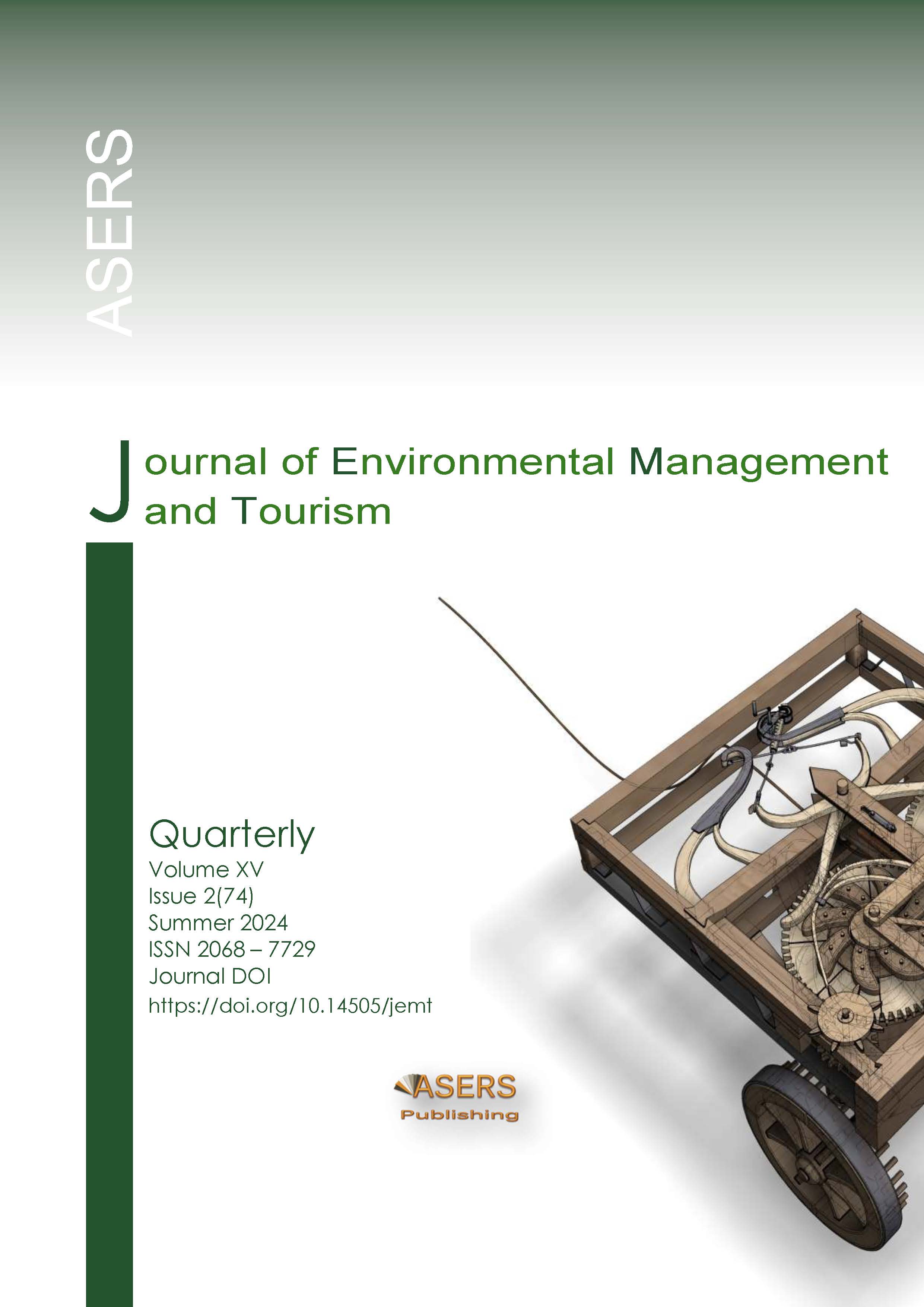Analysis of Sea and River Water Quality Standards Due to Operations and Domestic Activities in the Sanur Port Area, Bali
Analysis of Sea and River Water Quality Standards Due to Operations and Domestic Activities in the Sanur Port Area, Bali
Author(s): I Gede Cipta Sudewa ATMAJA, Made Sudiana MAHENDRA, I Wayan NUARSA, I Gusti Bagus Sila DARMA, Nyoman SUDIPASubject(s): Economy
Published by: ASERS Publishing
Keywords: pollution; waste; quality; water; environment;
Summary/Abstract: The development of an area has impacts, both positive and negative impacts. The positive impact is in the form of regional economic growth, employment and development of the surrounding regions. The negative impact is the disruption of the environmental ecosystem and a decrease in environmental quality due to waste generated from development operations,in the form of solid waste (garbage) and liquid waste. The increasing pollution load is also caused by public awareness and business activities in upstream areas that do not manage waste properly, which ultimately leads to all of the waste accumulating in water bodies and causing changes in water quality standards. Sanur Port, which is one of the development centers in its operations, is very vulnerable to environmental pollution impacts. The pollution mechanism originates from activities around Sanur Port and domestic activities which are discharged into rivers and seas in the Sanur area. This research aims to analyze the quality of river water and sea water caused by activities around Sanur Port and community activities based on Decree of the Minister of Environment Number 51 of 2004 and determine the pollution index. Waterquality standards use Bali Governor Regulation no. 16 of 2016 concerning Environmental Quality Standards and Quality Standard Criteria for Environmental Damage. This research uses a quantitative approach by collecting primary data from direct observations in the field and secondary data based on previous research reports and government reports. The research results show that TDS in the rainy season tends to be lower than in the dry season, both in the results of testing samples of Abian base river water, the results of testing samples of sea water in front of the Mak Beng Restaurant and seawater samples in the Sanur Port Pool. In front of Mak Beng, ammonia levels during the rainy season are higher than during the dry season. Ammonia levels in the Abianbase River and sea water in front of Sanur port are lower during the rainy season compared to the dry season. The presence of Coli form bacteria and E. coli shows a tendency to decrease during the rainy season. This decrease is thought to be caused by leaching by rainwater entering marine waters and retailing and changes in ocean currents during the rainy season.
Journal: Journal of Environmental Management and Tourism (JEMT)
- Issue Year: XV/2024
- Issue No: 2(74)
- Page Range: 248-262
- Page Count: 15
- Language: English
- Content File-PDF

